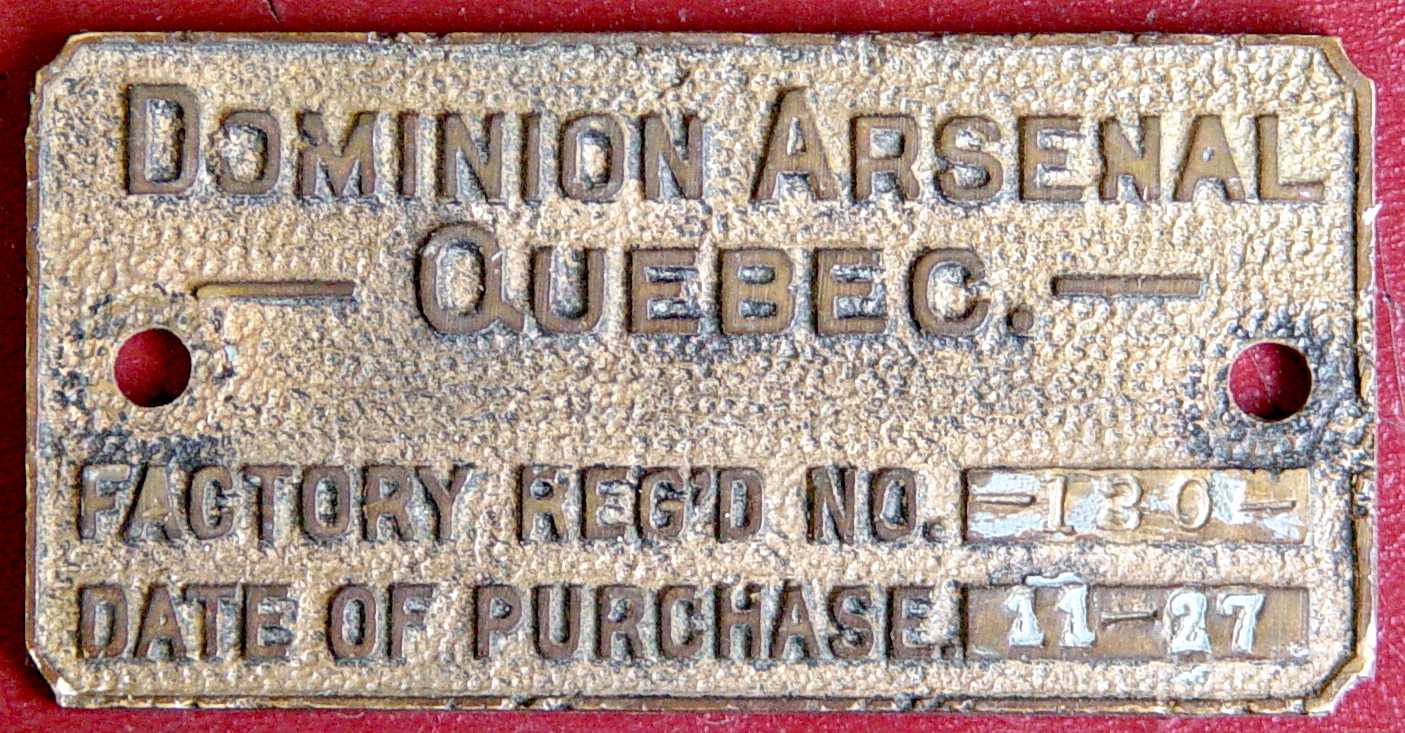|
THE CARTRIDGE COLLECTOR'S EXCHANGE |
| Contents
Cartridge
Lists
Prior Picture Pages:
Links to Other Sites
Cartridge Collectors Organizations:
Auctions:
Books:
Other Collector's Sites:
|
Home of the Old Ammo Guy's Virtual
Cartridge Trading Table
Picture Page October 2007 A box of blank cartridges for the Model 1898 Krag...
I recently picked up a few full boxes of .30 paper bullet blank cartridges made for use in
the Krag rifle. Officially designated the Cal. .30 Blank Cartridge, Model of
1896, this cartridge was developed in late 1895 to replace the whole case
blank (Model of 1893), which had a tendency to fire small pieces of brass
from the rifle barrel which could cause injuries. Stamped on the top of the
box is APR. 25, 1905 Pkd by C SETH Manufactured from fired
Cases. The use of fired cases was authorized in 1903, and had the result of
ensuring that these boxes will be found with a mix of headstamp dates and
styles. At the time this box was made in 1905, several modifications
The paper bullet of the Model 1896 blank is hollow, and partially filled with powder. The powder charge of the blank not only propels the bullet down the bore, but also ignites the charge in the bullet to ensure that it breaks up upon leaving the barrel. I b3elieve the same powder was used in the bullet as in the case, although the two are not the same color in the sectioned example shown here. The picture below shows the range of headstamp dates and styles that can be found in one of these boxes. The earliest headstamp here is F 2 01, one of which is the first cartridge on the left in the top row. This is the three position headstamp, with the small characters without serifs, spaced 120 degrees apart. Beginning in July of 1902, the letter A was added to the headstamp, the spacing between the characters was changed, and two dots were added, one after the month and the other after the year. Later in that same month, larger characters with serifs began to be used, and the dots were eliminated. Both of the July headstamps can be found in this box, the first style with the dots is third from the right on the bottom row, and the later style is second from the left on the top row. I don't recall ever seeing a July 1902 headstamp without the A, so I assume the change from the F to the FA was made at the beginning of July. . . . . An unusual FA .45 ACP Match box..........
As the label indicates, this box originally contained 50 caliber .45 Model 1911 modified 1954 Frankford Arsenal match cartridges. I assume the modification had to do with their being loaded with 210 grain bullets rather than the usual 230 grain bullet that was used in the standard .45 ACP cartridge. Match ammunition was typically made from standard components, so the use of 210 grain bullets is unusual. These cartridges would not be easily distinguishable from standard 1953 production Frankford Arsenal .45 ACP cartridges, as the shorter 210 grain bullet would only have been seated into the case far enough to give the same overall cartridge length as the standard ball cartridge, and both would use steel cases. However, the lighter bullet would not have the same ballistics as the standard ball round, and I believe that is the reason the label is marked 'USE FOR TARGET MATCH FIRING ONLY'.
. As is often the case with boxes of 'special' .45 ACP cartridges, this box was made from an unused standard Frankford Arsenal box. Usually, these boxes simply have a new label pasted over the original markings, but this box was unfolded and then refolded with the original printing inside, after which the paste-on label was applied to the top. Unfortunately, it did not come with any of its original cartridges with their 210 grain bullets. . . . .
An unusual item from the Dominion Arsenal......
|

 Here's
a small bronze plaque that came from the Dominion Arsenal in Quebec, Canada. Measuring
approximately 1 3/4" high by 3 3/8" wide, it was most likely used to
identify a piece of equipment for depreciation purposes, which was
purchased in November of 1927 and given the factory registration number 130.
At one time, the plaque and most likely whatever it was attached to were
painted gray or light blue, some of which remains in and around the stamped
numbers. I suspect that a close inspection of interior photos of the arsenal
might reveal gray or light blue equipment with similar plaques attached.
Here's
a small bronze plaque that came from the Dominion Arsenal in Quebec, Canada. Measuring
approximately 1 3/4" high by 3 3/8" wide, it was most likely used to
identify a piece of equipment for depreciation purposes, which was
purchased in November of 1927 and given the factory registration number 130.
At one time, the plaque and most likely whatever it was attached to were
painted gray or light blue, some of which remains in and around the stamped
numbers. I suspect that a close inspection of interior photos of the arsenal
might reveal gray or light blue equipment with similar plaques attached.